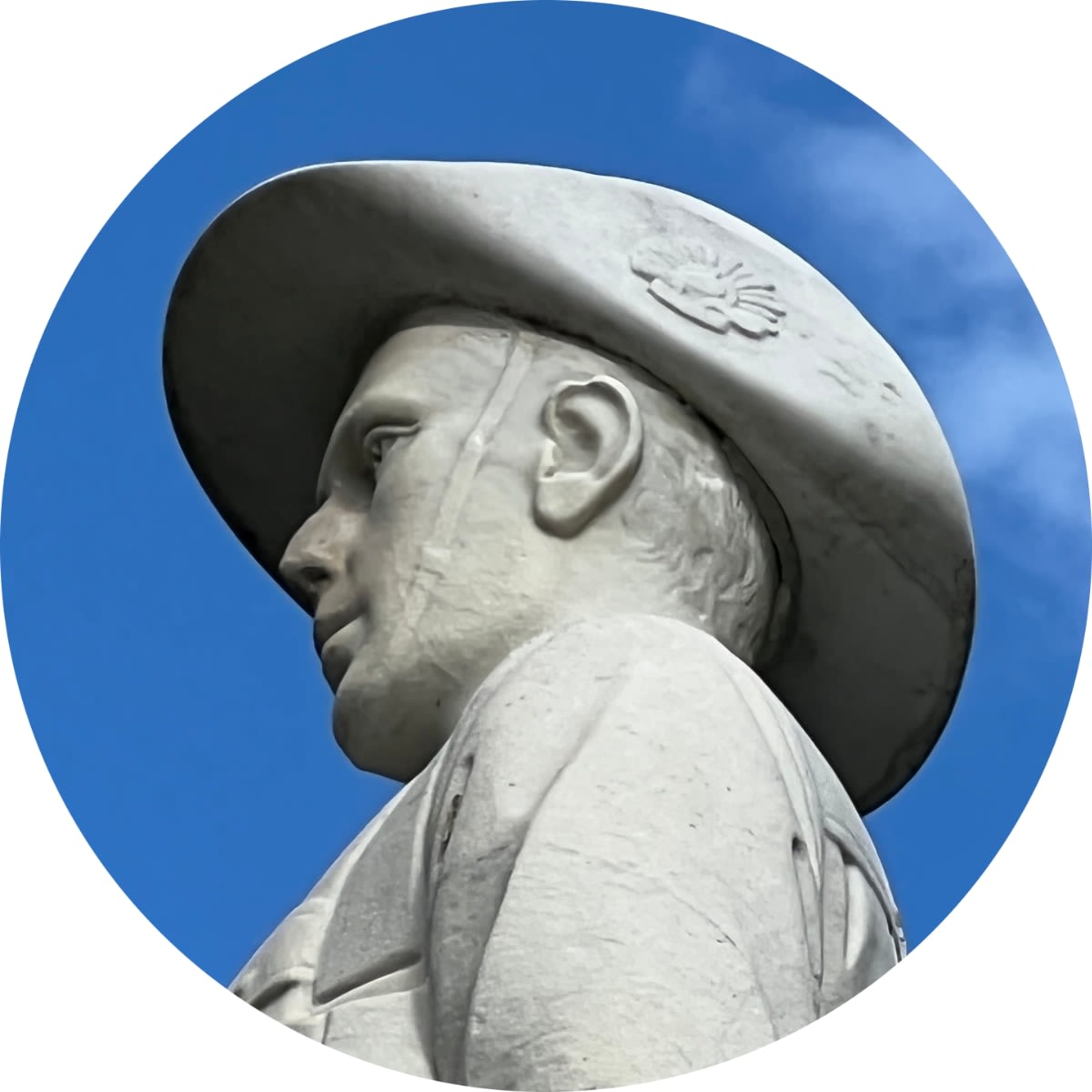
Preserving the memories of
Charles Thomas McGLEW
30th October, 1917In the First World War, Charles Thomas McGLEW volunteered to serve overseas with the Australian Imperial Force (AIF). He embarked at Melbourne, Victoria aboard HMAT Aeneas on 30 October 1917. He was a member of the 27th Infantry Battalion. Charles is remembered by all his descendants for his service and sacrifice. LEST WE FORGET
Join Memories to request access to contribute your cherished photos, videos, and stories to Charles Thomas's life story with others who loved them.
Join Memories